Travel to KefaloniaHISTORY OF KEFALONIA
Legend
An aition explaining the name of Cephallenia and reinforcing its cultural connections with Athens, associates the island with the mythological figure of Cephalus, who helped Amphitryon of Mycenae in a war against the Taphians and Teleboans. He was awarded with the island of Samos, which thereafter came to be known as Cephallenia. Kefaloina is also suggested as the Homeric Ithaca, the home of Odysseus, rather than the smaller island bearing this name today. Robert Bittlestone, in his book Odysseus Unbound, has suggested that Paliki, now a peninsula of Kefalonia, was a separate island during the late Bronze Age, and it may be this that Homer was referring to when he described Ithaca. A project starting in the Summer of 2007, and lasting three years examines this possibility.
Archaeology
In the Southwest of the island, in the area of Leivatho, an ongoing archaeological field survey by the Irish Institute at Athens has discovered dozens of sites, with dates ranging from the Palaeolithic to the Venetian period. From archaeological point of view Kefalonia is an extremely interesting island. Archaeological findings go back to 40,000 BP. Without any doubt the island’s most important era is the Mycenaean era from approx. 1500-1100 B.C. The archaeological museum in Kefalonia’s capital Argostoli – although small – is regarded as the most important museum in Greece for its exhibits from this era.
The most important archaeological discovery in Kefalonia (and in Greece) of the past 20 years was the discovery in 1991 of the Mycenaean tholos tomb at the outskirts of the village Tzanata, near Poros in south-eastern Kefalonia (Municipality of Elios-Pronni) in a lovely setting of olive trees, cypresses and oaks. The tomb was erected around 1300 B.C. In these tholos tombs kings and high ranked officials were buried in the Mycenaean period. It is the biggest tholos tomb yet found in north-western Greece. The tomb was excavated by the archaeologist Lazaros Kolonas. The size of the tomb, the nature of the burial offerings found there and its well-chosen position point to the existence of an important Mycenaean town in the vicinity.
Venetian rule
During the Middle Ages there existed the County palatine of Cephalonia and Zakynthos under the Kingdom of Naples and later the Venetian Republic. Venetian rule was interrupted by Ottoman rule between 1479-1500.
In the 16th to 18th centuries, it was one of the largest exporters of currants in the world, providing with Zakynthos and owned a large shipping fleet, even commissioning ships from the Danzig shipyard. The towns and villages mostly were built high on hilltops, to prevent attacks from raiding parties of pirates that sailed the Ionian Sea during the 1820s.
French, Ionian state period and British Rule
From 1797 to 1798, the island was part of the French départment Ithaque. From 1799 to 1807, it was part of the Septinsular Republic, nominally under sovereignty of the Ottoman Empire but protected by Russia. After a renewed period under French control (1807–1809), it was liberated by Britain and became part of the British-controlled United States of the Ionian Islands from 1815 to 1864.
Union with Greece
In 1864, Kefalonia, together with all the other Ionian Islands, became a full member of the Greek state.
Ionian Emerald Resort – 5 Star Hotel Kefalonia
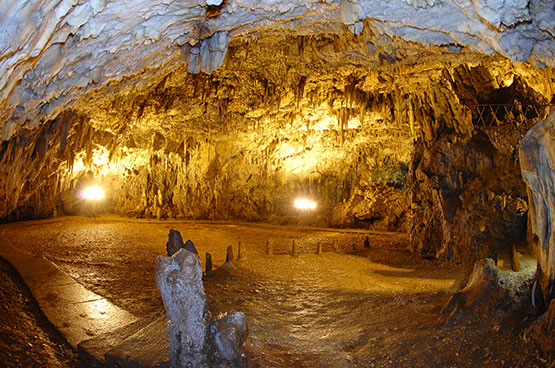
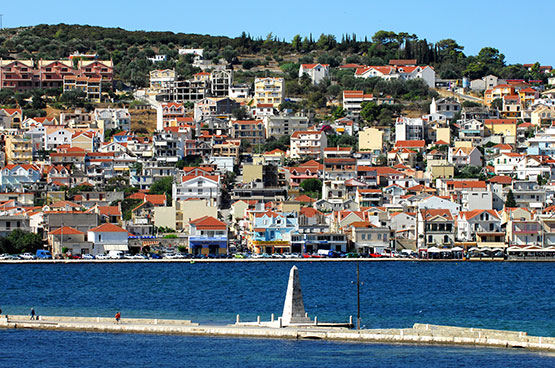
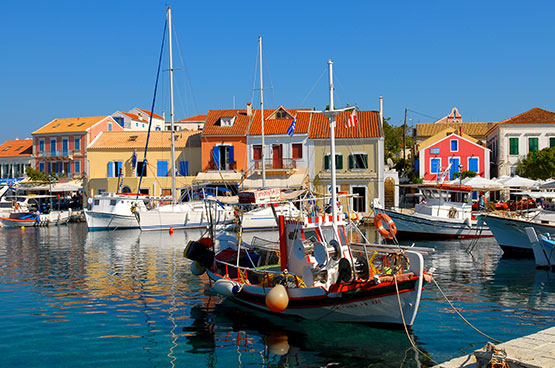
The Threshold to Paradise!YOUR ESCAPE IN THE ISLAND OF KEFALONIA!
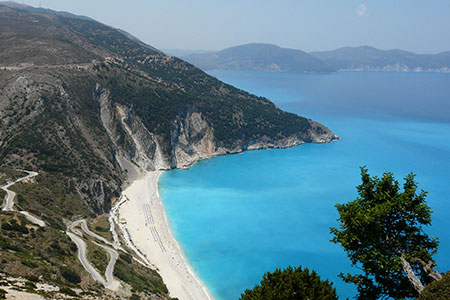
About Kefalonia
Kefalonia, a beautiful island with contrasting and unique landscape.
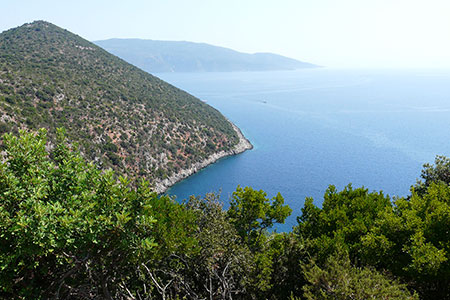
Karavomylos & Sami
Karavomylos is the finest holidays spot in Kefalonia as it is round of admirably local travel sightseeing.

History of Kefalonia
An aition explaining the name of Cephallenia and reinforcing its cultural connections with Athens

Spa & Wellness
Ionian Emerald Resort inviting guests to embark on a journey of wellness and optimal health.

Rent a Car
Rent a car and take a road trip! Book your car now and explore Kefalonia Island.